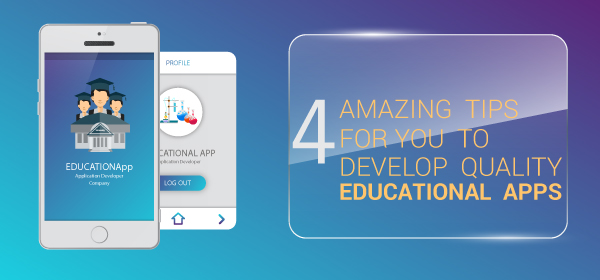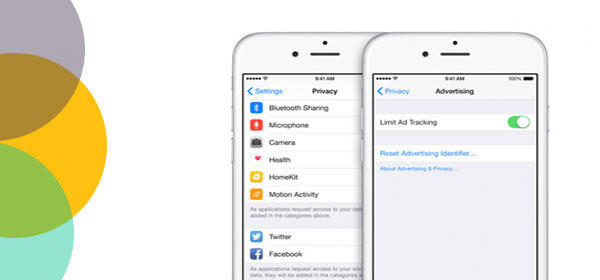In 2016, the global app economy is expected to raise up to $143 billion. The average number of app submission per day in the iTunes App Store for the first month of the year 2016 is 2,261.
It could really stress you out waiting for Apple’s approval when you have already spent months or years of development time before launching your app. One critical error, and you have to start over again with app store submission.
It is important for an iOS app development company to have a clear idea about Apple’s technical and design criteria for app review. Following are some of the most common reasons associated with app rejection that should be taken careful note of in order to avoid approval delay.
1.Say no to crashes and bugs – Apple is renowned for rejecting apps on the basis of crashes and bugs present. Sometimes, iOS app development companies do not make proper use of the testing facilities available. Apple suggests the application to be thoroughly tested before submitting it for the review process.
2.Privacy policy – Apps that try to use private data without acquiring previous consent immediately falls outside the list of apps that can be approved by Apple.
A privacy policy should be in place to use account information of users.
Read also: Is iPhone App Development Profitable?
3. Quality user interface – The apps should follow the guidelines for user interface given by Apple. What Apple recommends are clean, refined and user-friendly interfaces. Follow Apple’s design guides and UI Design Do’s and Dont’s before coding. They have directions for formatting contents, touch controls, spacing, resolution etc. For more excellent tips and concepts, Apple recommends to read their article titled, iOS Human interface guidelines.
4. In sufficient information – Incomplete and defective information could be a reason that will get you rejected by Apple. All missing information should be updated before submitting for review as specified in the App Review Information section of iTunes Connect. Proper and accurate details should be given for your application features, procedures, special configurations, contract information, and other required particulars. Demo videos are encouraged for complicated and perplexing concepts.
5. Advertisements – If your app makes room for advertisements it will be using IDFA, which is an identifier for advertisements used by Apple. It should be properly indicated whether your app use or don’t use this identifier. If you haven’t specified that your app uses IDFA, but it does, your app will be rejected from being submitted to the store. Also, the ads should be checked for any working error.
6.Compliance to specifications and standards – The apps submitted should comply to several standards and specifications provided by Apple Store Guidelines. Applications should not contain defamatory or offensive content. For e.g., apps should not contain references that may defame a religion, or culture or ethnic group.
It should abide by the legal terms and conditions as per Apple’s trademark list and copyright guidelines. Imitation of names, icons, and themes of any Apple products are highly discouraged.
7.Flawed descriptions – You should be careful to provide descriptions that could accurately match with your app’s functionality. Irrelevant descriptions could give you hard time getting inside the app store. Don’t copy the name and description of other applications.
8. Do not mislead users – Always remember to publicize only what your app provides. If your app mislead users by advertising features that are not included, it is certain to get discarded.
9. Avoid duplicity – Do not submit similar apps for review repeatedly. Apple suggests you to combine all of them into one. Also your app shouldn’t look like duplicate copies of existing successful apps. Even if you’re going for an old idea, something new should be offered like a fresh function or design.
10.Maintaining lasting value – Sometimes, without any visible reasons your app may be disallowed to the app store. An app without much functions or engaging content are the ones that may not interest users for long. Apple doesn’t find such apps to be of enough value to be approved.
The bottom line is that iOS app development companies should take every measure to get approval in the first chance by adhering to Apple’s review guidelines, thereby preventing additional costs and delay in product launch.



